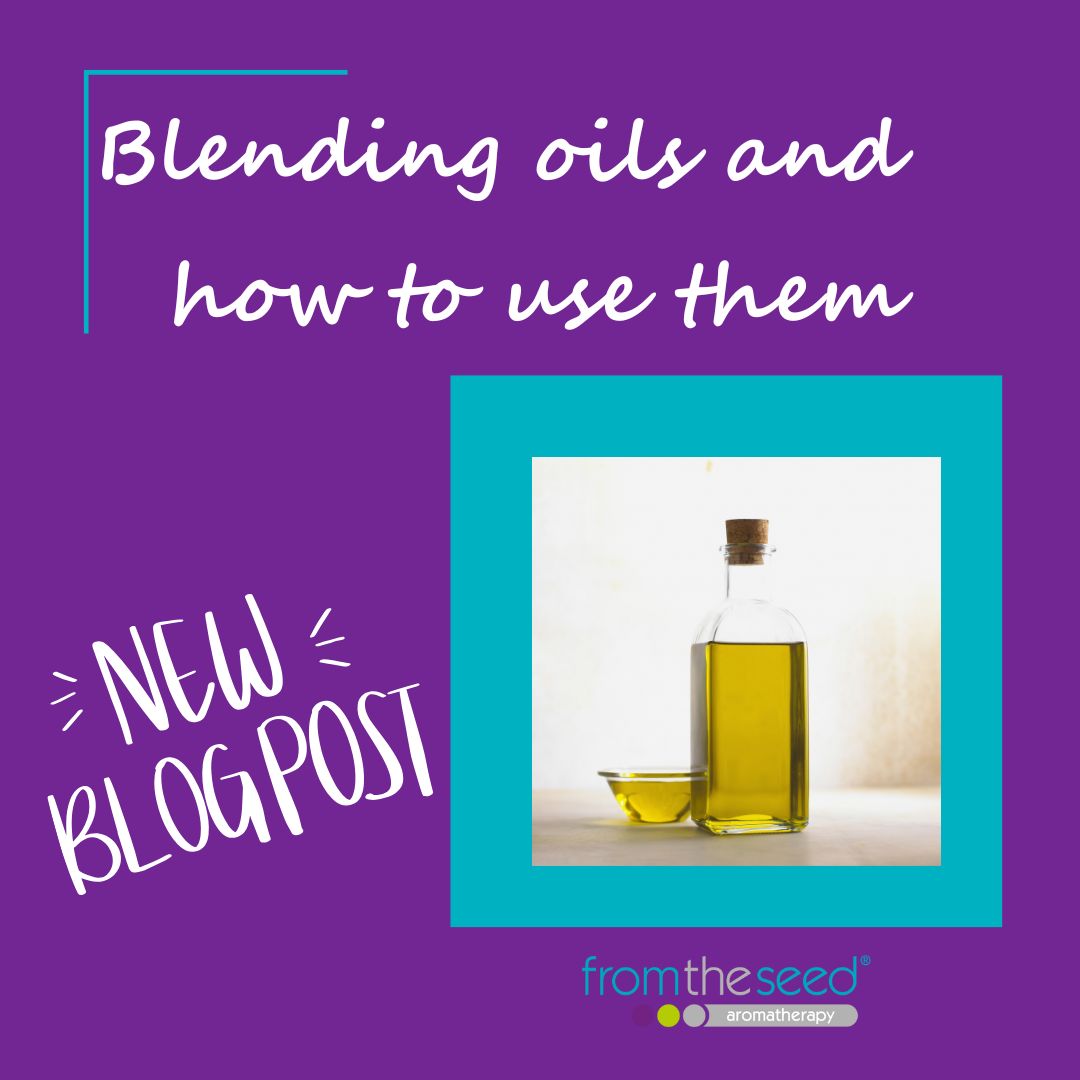Blending Oils: What Are They and How to Use Them
There’s been a noticeable rise in interest surrounding vegetable, nut, and plant oils for skincare—particularly for blending with essential oils to create customized body or face oils.
As someone experienced in creating my own body and face oils for decades and preparing bespoke blends for clients, let me guide you through how to get started at home.
Key Blending Oils and Their Benefits
Here are some of my favourite oils and why I use them:
Sweet Almond Oil
- Best for: Body massage.
- Virtually scent-free, making it perfect for mixing with essential oils.
- Absorbs easily without leaving a greasy residue.
- Packed with vitamins (A, B1, B2, B6, and E) that soothe irritated or inflamed skin.
- Always opt for cold-pressed for top quality—but avoid if you have nut allergies.
Sunflower Oil
- Best for: An alternative for nut allergy sufferers, can be used for baby massage. I use it in my baby massage classes.
- Softens and moisturizes the skin effectively.
- Buy cold-pressed, not the store-bought kind!
- Contains Vitamins A, D & E
Jojoba Oil
- Best for: Everyday use, particularly for dry skin.
- Technically a liquid wax derived from seeds native to desert regions.
- Closely mimics our skin’s natural sebum, aiding quick absorption and long-lasting smoothness.
- A versatile choice for both body and face.
- Will go solid if cold, but will revert to a liquid at room temperature
Rosehip Oil
- Best for: Facial care and skin repair.
- Rich in carotenoids, giving it a golden-orange hue and superb regenerative properties.
- Works wonders for restoring and nourishing your skin.
- short shelf life
Castor Oil
- Best for: Hair, nails, and healing.
- A historical favourite, dating back to Ancient Egypt.
- Extremely viscous but effective as an overnight treatment for scalp or nails—just protect your pillow as it stains!
- Additionally, castor oil packs can relieve menstrual cramps or digestive discomfort.
Adding Essential Oils to Your Base Oils
Enhance your skin care by incorporating essential oils, which will bring therapeutic benefits to your skincare routine.
Want to know more? Check out my latest publication Aromatherapist In A Box, which explains the therapeutic properties of 50 essential oils.
How much do I use?
- Body oil: Add up to 10 drops of essential oils per 20 ml of base oil.
- Face oil: Use a lower dilution – Add up to 4 drops per 20 ml of base oil.
You can also mix base oils for a cost-effective approach. For instance, combine 15 ml of sweet almond oil with 5 ml of jojoba oil to create a more budget-friendly blend.
For more tips on essential oils and their applications, feel free to explore my other blogs or reach out with any specific questions. Happy blending!


